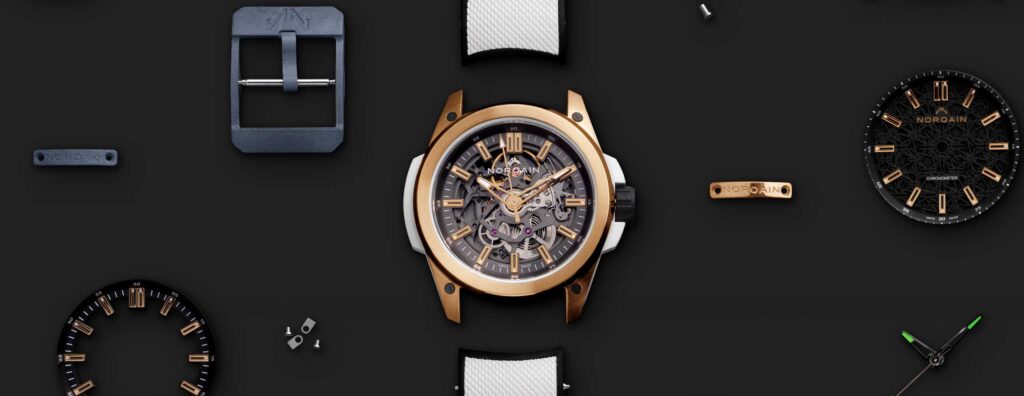Rolex
Dossier: Rolex Explorer II
Rolex
Dossier: Rolex Explorer II
If the Rolex Submariner is the original sports watch, then the Explorer II would be the original extreme sports watch. Introduced in 1971 as a timepiece for cave and polar exploration, this was a watch with a very narrow target market. Though it was never a big seller for Rolex, the Explorer II is perhaps the purest emblem of what Rolex does best, thanks to its purpose-built design and legendary build quality.
Strength
It remains the only Rolex sports watch, along with the equally capable Sea-Dweller, to have not been rendered in a precious metal. While the original Rolex Explorer had a bulletproof backstory — the summiting of Everest with Edmund Hillary in 1953 — it still remained, by the ’70s, a small, quaint watch, belonging to an earlier era and devoid of complications or even crown guards. So, Rolex created its bigger, badder descendant.
The Explorer II was housed in a burlier 40mm case and featured the same protective crown guards as the Submariner. It also sported a fixed, engraved 24-hour marked bezel and an extra hand on the dial. That oversized blaze-orange hand gave the ref. 1655 its Italian nickname, “Freccione”, or “big arrow”.

The original Rolex Oyster Perpetual Explorer II ref. 1655 (left) and the current model
Movement
Powered by the same cal. 1575 movement as the GMT-Master, the extra hand travelled the dial once in 24 hours, pointing to its corresponding time on the outer bezel. Unlike the GMT-Master, whose bezel rotated and thus could display time in a second time zone, the Explorer II was meant only to tell its owner whether it was 2:00 or 14:00. In the dark underworld of a cave or in the perpetual blackness of the polar winter, time can be confusing and a reassuring glance at the wrist could be reorienting.
Mission
With its singular uncompromising purpose, the original Explorer II was a pure tool. True to its name, it became the watch of choice for real-world explorers like French spelunker Jean-François Pernette and Tyrolean mountaineering legend, Reinhold Messner.
In the mid-’80s, the Explorer II got a refresh. Its dial got the more familiar circular hour markers and Mercedes handset. The 24-hour hand was reduced in size and painted red instead of orange. A white-dial version was introduced. Though it remained the most purely utilitarian watch in the Rolex lineup, some of the magic of the original was lost, and the watch languished in display cases, bought only by those who appreciated its minimalist magic, as well as the odd cave explorer.
A few years ago, ahead of the BaselWorld watch fair, a teaser image made its way around the Internet, showing a distinctive orange hand against a white dial. Could Rolex be introducing a new, modern Explorer II? Indeed, when the watch was officially unveiled, it was a hit in the watch community. Rolex endowed the watch with a larger 42mm case, solid-link bracelet with its excellent Glidelock clasp, blue Chromalight luminescent dial markers (for dark polar nights) and, most importantly, a return to the orange hand, which was now driven by the cal. 3187.
This motor allows for independent setting of the 24-hour hand for second-time-zone tracking, a function its predecessor never had. The movement also features Rolex’s Parachrom hairspring, which renders it more resistant to temperature fluctuation and magnetic influences, making the watch even more perfectly suited for polar excursions. While this may not be on the minds of most Rolex buyers these days, it is evidence that Rolex hasn’t forgotten its tool-watch roots.
How does the Rolex Explorer II fair in harsh real world conditions? Check out the field test, here.










